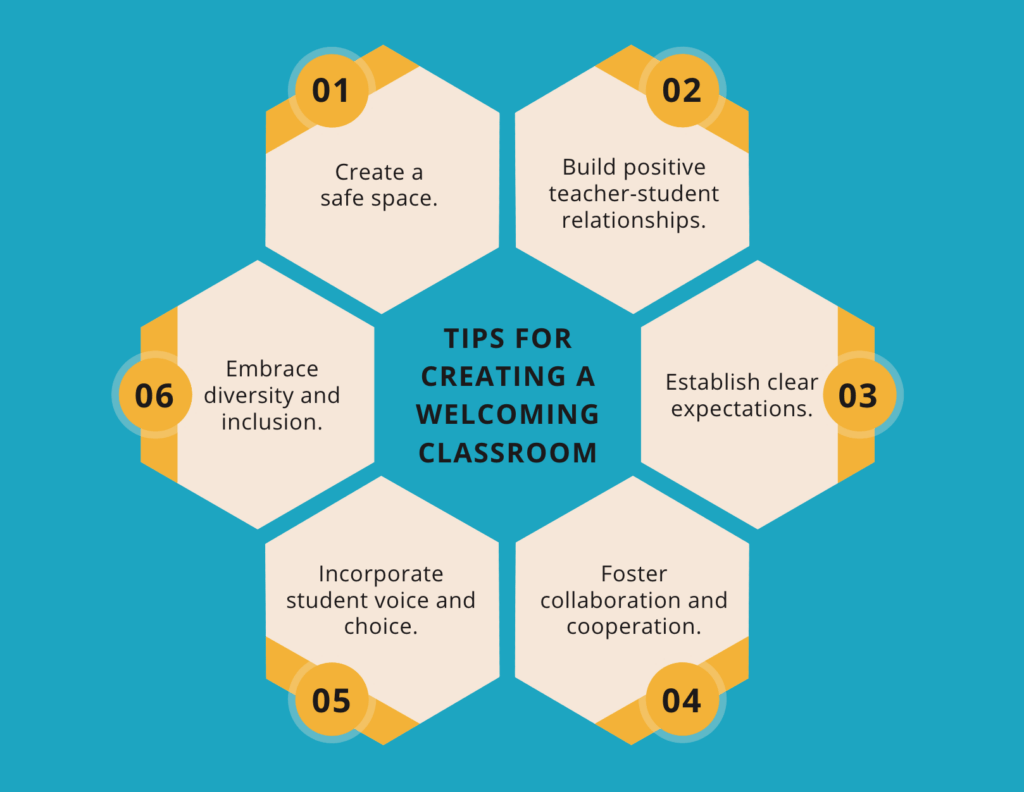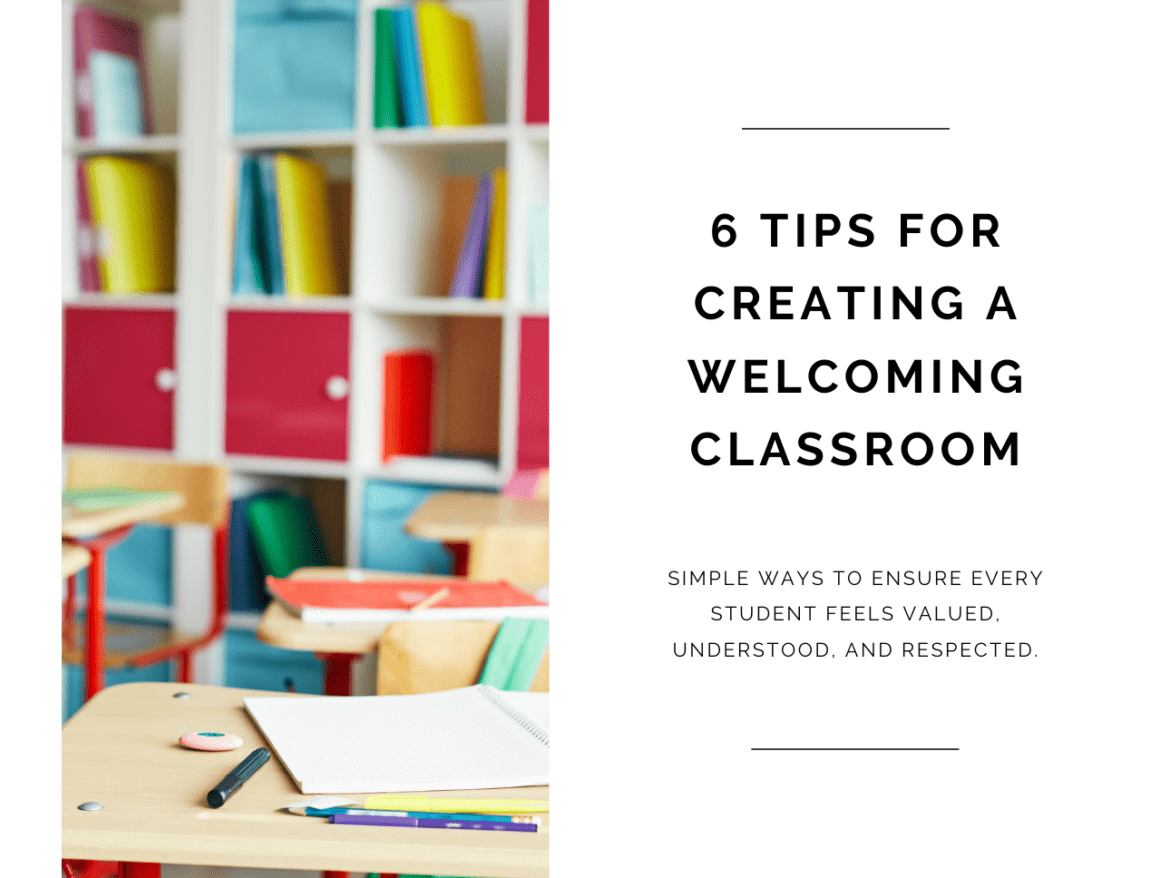Entering a new classroom can be an overwhelming experience for many students. As a place for learning, classrooms should give off a feeling of warmth, safety, and acceptance. Luckily, teachers have the power to create such an environment. By taking simple steps, teachers can ensure that every student feels valued, understood, and respected. Let’s look at some tips for how to create a welcoming classroom.
Create a Safe Space
Ensure that the physical classroom is a safe, organized, and welcoming space. Celebrate and display student work. This will show that you appreciate their efforts. Assign students classroom jobs, like ‘technology helper’ or ‘door holder’. This will give students a sense of responsibility and belonging. Furthermore, create a small area in your classroom where students can relax when feeling overwhelmed, like a calming corner.
Build Positive Teacher-Student Relationships
Developing strong teacher-student relationships is essential for creating a welcoming classroom. Greet students at the door. A personal acknowledgment can set a positive tone for the day. Also, take the time to get to know your students on a personal level, showing genuine interest in their lives, thoughts, and feelings. Open lines of communication, listen actively, and provide constructive feedback. Furthermore, celebrate achievements and address challenges with empathy and understanding.
Establish Clear Expectations
Clearly communicate behavioral expectations, academic standards, and classroom rules from the beginning. Encourage student participation by involving them in the creation of these guidelines. This collaborative approach helps students feel a sense of ownership and responsibility, fostering a positive classroom culture. In addition, be a role model for the behavior you expect. Demonstrating patience and respect encourages students to do the same.
Foster Collaboration and Cooperation
Promote a collaborative learning environment by encouraging teamwork and group discussions. Create opportunities for students to work together. This will foster a supportive network where they can learn from and with each other. In addition, implement activities that celebrate shared accomplishments. This will create a sense of belonging.
Incorporate Student Voice and Choice
Provide students with opportunities to express their opinions, ideas, and preferences within the classroom. Encourage students to voice their concerns and share their feelings. In fact, this can be done through regular check-ins, suggestion boxes, or classroom meetings.
Allow them to have a say in their learning process by incorporating activities that allow for individualization and personalization. For example, utilize technology and activities, such as choice boards to enhance student engagement. Valuing student voice and choice cultivates a sense of empowerment and ownership over their learning.
Embrace Diversity and Inclusion
A truly welcoming classroom embraces diversity in all its forms. Encourage students to appreciate and respect one another’s differences. This will create an environment where everyone feels safe to express themselves. For example, integrate multicultural perspectives in lessons and provide resources that reflect diversity within the classroom and the community.

Creating a welcoming classroom environment requires intentionality, empathy, and dedication. When teachers prioritize a warm and inclusive atmosphere, students thrive academically and emotionally. With this in mind, embrace the power that a welcoming classroom can have.

